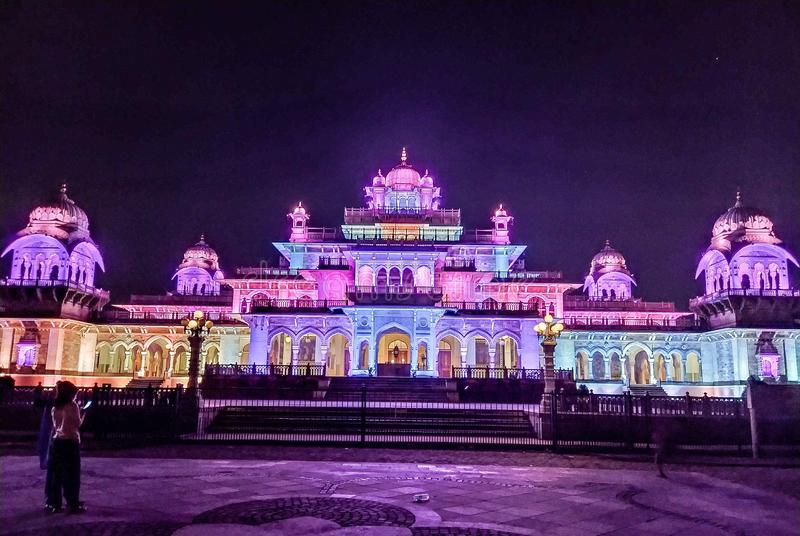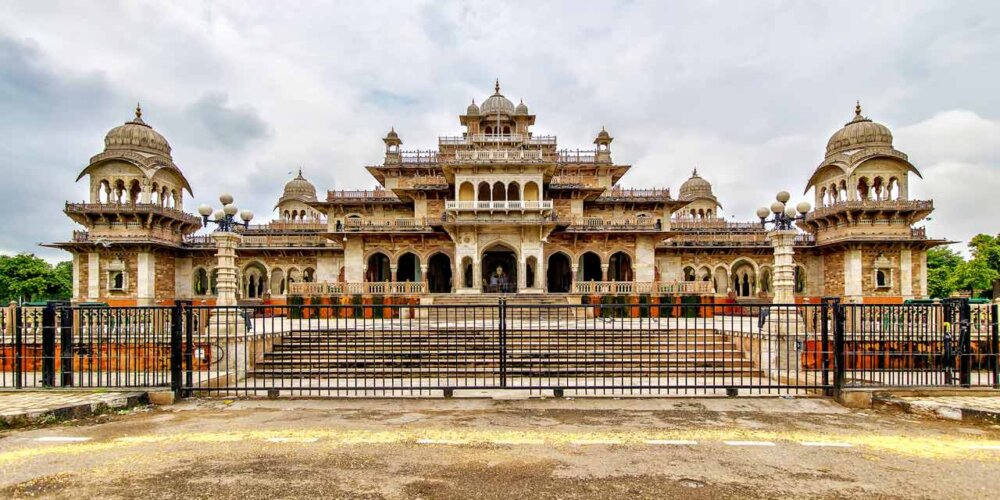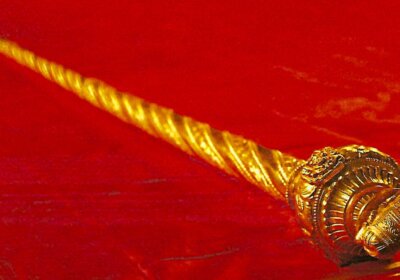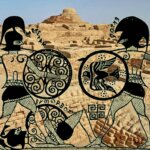Albert Hall Museum in pink city Jaipur completed 136 years since its foundation on 21st Feb 2023. Here are some interesting facts about the historical monument.
Albert Hall Museum is one of the most iconic and historically significant buildings in Jaipur, India. Located in the heart of the city, this museum has a rich history that dates back to the late 19th century. In this article, we will take a closer look at the history of Albert Hall Jaipur, and the role it has played in shaping the city’s cultural and artistic landscape.

Albert Hall Museum
The Beginnings of Albert Hall
The idea for Albert Hall Museum was first conceived by Maharaja Sawai Ram Singh II, who was the ruler of Jaipur from 1835 to 1880. He was a great patron of the arts and was responsible for many of the city’s cultural landmarks, including the Hawa Mahal and the Jantar Mantar. In 1876, he decided to build a museum in Jaipur that would showcase the city’s rich cultural heritage and provide a space for artists and artisans to display their work.
To bring his vision to life, Maharaja Ram Singh II enlisted the help of Sir Samuel Swinton Jacob, a British architect who was well known for his work in India. Jacob was tasked with designing a building that would reflect the grandeur and beauty of Jaipur’s architecture, while also incorporating elements of European design.
The building was constructed between 1876 and 1887, and was named Albert Hall after the Prince of Wales, who later became King Edward VII. The building was inaugurated by the Prince of Wales himself during his visit to India back in 1887.
Architecture and Design
The design of Albert Hall Museum is a unique blend of Indian and European architectural styles. The building is made of sandstone and marble, and features a number of domes, towers, and arches that are typical of Rajasthani architecture. However, it also incorporates elements of Gothic and Renaissance design, such as stained glass windows, vaulted ceilings, and ornate carvings.
The interior of the museum is also very impressive, with a grand central hall that is surrounded by galleries on either side. The galleries are home to a vast collection of artifacts, including paintings, sculptures, textiles, and weapons, that represent the rich cultural heritage of Rajasthan.
Role in the Cultural Landscape of Jaipur
Since its inauguration, Albert Hall Museum has played a vital role in the cultural and artistic landscape of Jaipur. It has hosted a number of exhibitions, cultural events, and performances over the years, and has become a hub for artists, scholars, and cultural enthusiasts.
In addition to its role as a museum, Albert Hall has also been used as a venue for a number of important public events. During the Indian independence movement, it served as a meeting place for freedom fighters and political activists, and played a key role in the struggle for Indian independence.
Today, Albert Hall Museum is one of the most popular tourist attractions in Jaipur, and is visited by thousands of people every year. It continues to serve as a repository of the city’s cultural heritage, and as a symbol of Jaipur’s rich history and vibrant cultural identity.
Conclusion
In conclusion, Albert Hall Museum is an important landmark in the history of Jaipur, and a testament to the city’s rich cultural heritage. Its unique architecture and design, coupled with its vast collection of artifacts, make it a must-visit destination for anyone interested in Indian art, culture, and history. As the city continues to grow and evolve, Albert Hall Museum will remain an important symbol of Jaipur’s rich past and vibrant present.























Leave a Reply